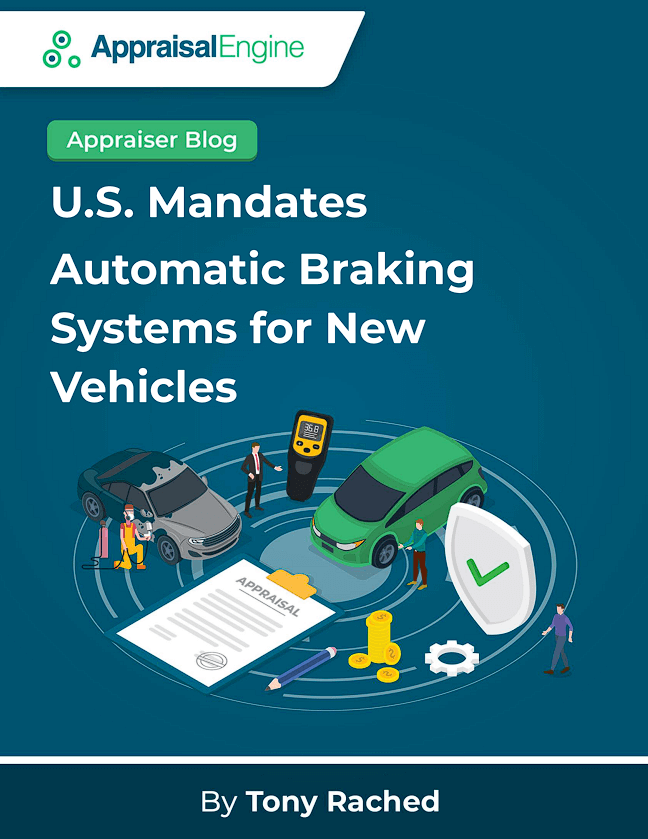U.S. Mandates Automatic Braking Systems for New Vehicles (PDF)
In an effort to combat the alarming increase in traffic fatalities in recent years, the U.S. National Highway Traffic Safety Administration (NHTSA) has proposed a groundbreaking rule that would make automatic braking systems mandatory in all new cars and trucks. This move aims to prevent collisions and save lives on American roads. In this article, we delve into the details of the proposal, its potential impact, and the significance of this step towards improving road safety.

The Need for Enhanced Safety Measures
Traffic fatalities in the United States have been on the rise, despite advancements in warning systems, crash avoidance technologies, and the widespread use of airbags. In 2022 alone, nearly 43,000 people lost their lives in auto accidents, representing a 31% increase compared to 2014. The surge in pedestrian deaths, with an estimated 3,500 fatalities in the first half of 2022, has been a major contributing factor to this distressing trend.
Introducing Automatic Emergency Braking
The NHTSA’s proposal would require car manufacturers to incorporate advanced automatic emergency braking systems that go beyond the current standards. These systems would enable vehicles to automatically detect and avoid collisions with pedestrians at speeds of up to 37 miles per hour. Furthermore, they would be required to stop or slow down to prevent collisions with stationary or slow-moving vehicles at speeds of up to 62 miles per hour, even in low-light conditions.
The Benefits and Potential Impact
The implementation of automatic braking systems has the potential to save hundreds of lives each year and significantly reduce injuries. According to government estimates, this proposed rule could save at least 360 lives annually and prevent around 24,000 injuries. Even in cases where collisions cannot be entirely avoided, these systems can mitigate the severity of accidents by slowing down the vehicles involved.
Overcoming Industry Challenges
While approximately 90% of new vehicles already incorporate some form of automatic emergency braking, not all meet the standards set forth in the NHTSA’s proposal. The automotive industry has been tasked with expanding the use of more advanced systems, a move that may entail additional costs for automakers. However, industry experts and safety organizations widely support this initiative, recognizing the urgency to improve road safety.
Advancements in Automatic Emergency Braking Technology
Automatic emergency braking systems rely on advanced technologies such as cameras and radar to detect potential collisions. By comparing a vehicle’s speed and direction with those of other objects, these systems can identify imminent collisions, alert the driver, and activate the brakes if necessary. Initially introduced in 2011, these systems have evolved over the years, with automakers voluntarily committing to make them standard by 2022.
The Road Ahead
Before the proposed rule becomes final, the NHTSA will seek input from automakers, safety groups, and the public during a 60-day comment period. This collaborative approach aims to refine and optimize the regulations. Once adopted, the rule is expected to go into effect three years after its implementation, allowing manufacturers ample time to comply.
The NHTSA’s proposal to mandate automatic emergency braking systems in all new cars and trucks marks a significant stride towards enhancing road safety in the United States. By addressing the concerning increase in traffic fatalities and pedestrian deaths, this regulation has the potential to save countless lives and reduce injuries. As technology continues to advance, integrating innovative safety features into our vehicles is crucial to creating a safer and more secure transportation environment for all.





